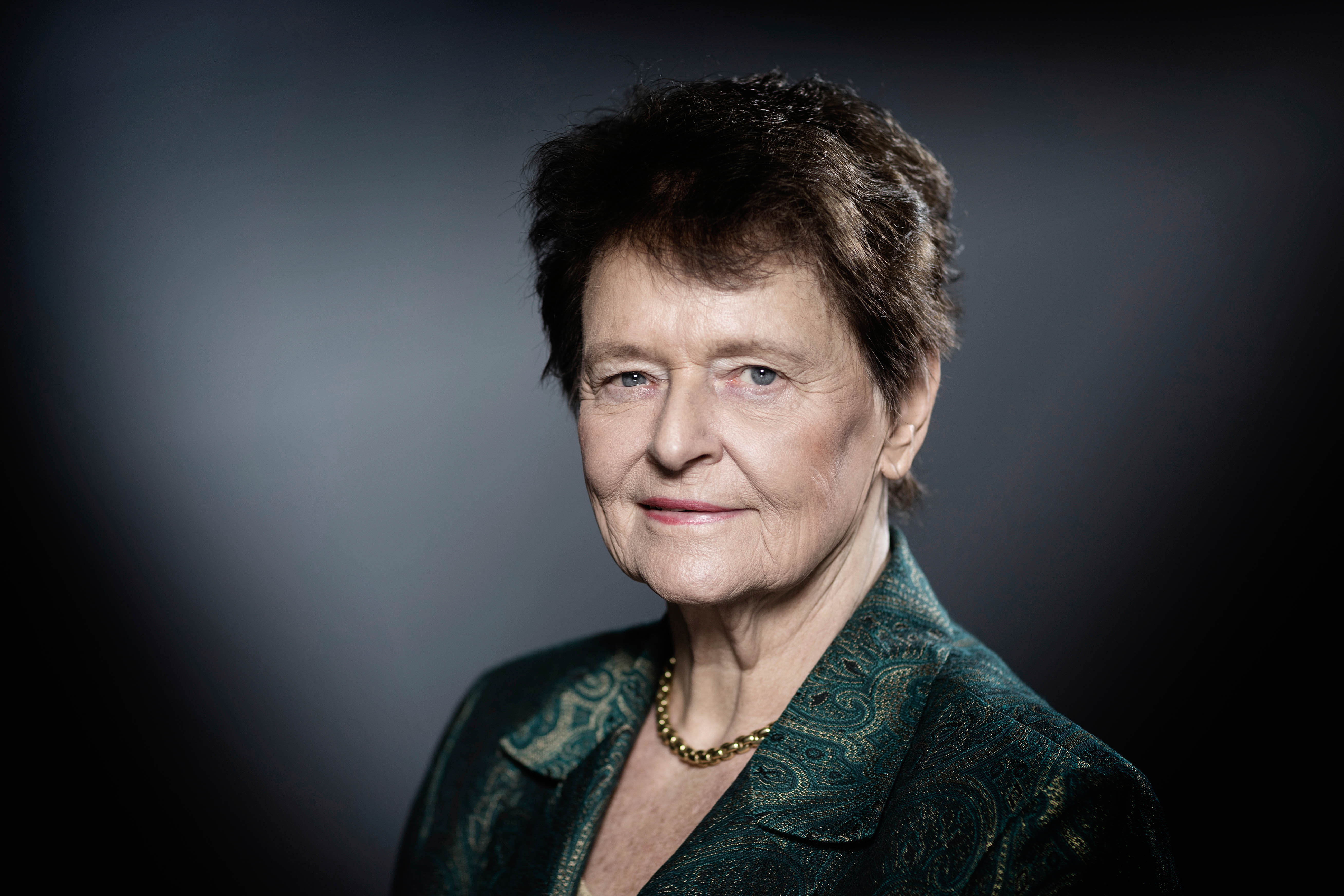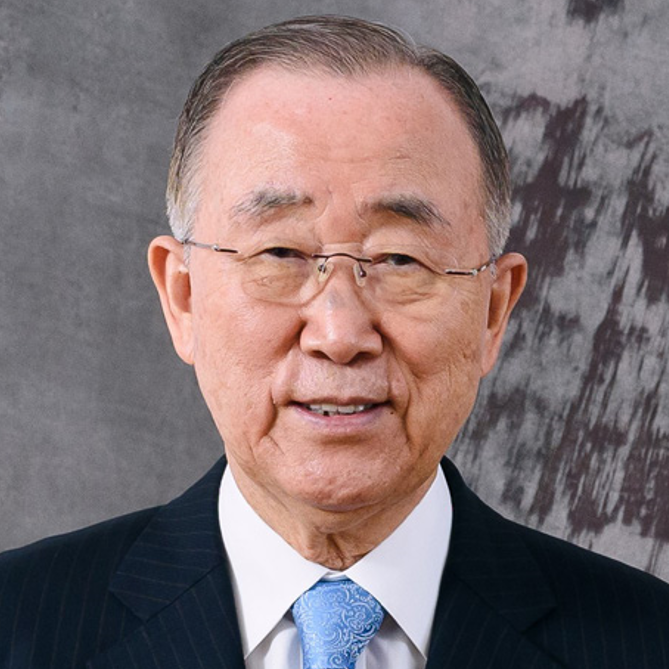


Kotchakorn Voraakhom is on a mission to save her hometown, Bangkok, from the worst of environmental degradation. Armed with a master’s degree in landscape architecture from Harvard University in the United States, Kotch established a landscape architecture firm, Landprocess, to pursue her aesthetic goal of blending modern design with natural systems. She also founded Porous City Network, a social enterprise that focuses on addressing urban environmental problems in cities across Southeast Asia by engaging local communities.
Her iconic projects include the Chulalongkorn University Centenary Park, a public green space that tilts downward to collect the rainwater that flows through the grass and wetlands; Asia’s largest organic rooftop farm at Thammasat University in Bangkok; Chao Praya Sky Park, the first bridge park across the river in any capital; and Siam Green Sky Urban Agriculture Learning which was inspired by Thai agricultural wisdom.
Kotch is a TED Fellow, an Echoing Green Climate Fellow, Asia Foundation Development Fellow, and the Chairwoman of the Climate Change Working Group of the International Federation of Landscape Architects in Asia-Pacific.
“Bangkok is originally a water-based city. But as I grew up, I started to see fewer canals and less green. This city used to be called the ‘Venice of the East’ because we used to have over 4,000 canals. But where are they now? They’ve all been paved into roads and buildings. Back then, I’d go out in my backyard and play in the rice fields. Today, I only see concrete. It made me question our city’s development and its impacts on both people and nature. My culture has instilled compassion in me and taught me to care for others—and that’s part of the reason why I became a landscape architect.
“I completed my master’s degree at Harvard University and worked in the United States for seven years. That experience was crucial to elevating my learning of the landscape architecture profession to a global standard. Living and working abroad also helped me reflect on my hometown more clearly and see it with a fresh perspective. It helped me step back from the persistent issues in Thailand and see solutions that can be adapted in my country and culture. During those years, I found what kind of landscape architect I wanted to become, the kind of work I wanted to create, the environmental problems I wanted to solve, and the purpose I wanted to fulfill.
“I returned to Bangkok in 2011, just before the worst flood in Thailand’s history hit. The disaster made me wonder what I could do as a landscape architect to prevent this kind of man-made catastrophe from happening again. In 2012, I established Landprocess to pursue that mission. In addition to answering my clients’ needs, I made it our duty and principle to use our work to address climate change impacts. I hoped that our concepts could serve as solutions for our society’s most pressing social and environmental issues. But convincing our clients and changing their mindsets wasn’t easy. So we try to offer them something different from their usual business expectations and ask them to open up. Our key is to initially answer the project’s basic needs and then later convince them that our impactful designs are within budget. I’m lucky to have been working with clients who understand the value of our concepts and allow us to implement our skills to turn their projects into community and climate solutions.
“After completing several projects, I realised that we also needed other mechanisms outside our design work to tackle climate change, environmental degradation, and social inequity. I learned that it wasn’t just about constructing the project but also about creating and fostering the youth and the communities we engage with. I created Porous City Network in 2017 to raise awareness and involve locals in our co-design processes. These local people know best about where they live and the issues they face. The Porous City Network has organised various international workshops and field trips. For example, bringing Thai students to USM (Universiti Sains Malaysia) in Penang, Malaysia, to work with communities to understand their local context of flooding and work together to develop solutions. We’ve also collaborated with another university in Jakarta. However, the COVID-19 situation has put it on pause.
“From working with universities and the younger generation of designers, I believe our education systems need to change their focus. Many education systems trained us to serve private sectors, specialising in projects like resorts, golf courses, and other luxurious, avant-garde structures and spaces. But, many others need our skills too. The living quality of many vulnerable groups can be improved with better design. We’ve learned the basic vocabulary and skills to improve these aspects in schools, but when it comes to real action, many of us still lack the understanding of ways to approach and engage such communities, primarily how our design drives our development policy. That’s what’s missing in our classrooms today. We must make sure that the next generations can see the bigger picture of our cities and our ecosystems to develop the skills and the determination to create better architecture for all.
“To create a sustainable city, we have to think of it as a living creature. We need to consider not just humans but all the animals, trees, and rivers that form them. To be healthy, you need to make sure all your surroundings are healthy too. The pandemic taught us a lot about our need for good, inclusive public spaces and how unsustainable many of our current lifestyles and cities are. There are a lot of rooms to create good public spaces; we can create public spaces not just on vacant lands but also wasted spaces like rooftops and abandoned infrastructures. Recently, I worked with my team to transform a 40-year abandoned railway infrastructure into a bridge park right in the heart of Bangkok. We try to integrate grey, green, and blue elements into a single system because the only way for us to continue living with nature is to learn from and coexist with her. I hope we learn from this pandemic and use it as an opportunity to change and do better.
“I think we can all agree that the Southeast Asia region has many natural and cultural resources that the world is envious of, and I hope we can see that and make efforts to preserve and flourish them. But, most importantly, it is vital to involve women, locals, and vulnerable communities in making decisions about their own homes. For this, we need more collaboration, not just working on tables in meeting rooms but also the actions in the field.”
Interviewed by Novia D. Rulistia. The conversation has been edited and condensed for clarity. The views and opinions expressed in the text belong solely to the interviewee and do not reflect the official policy or position of ASEAN.








